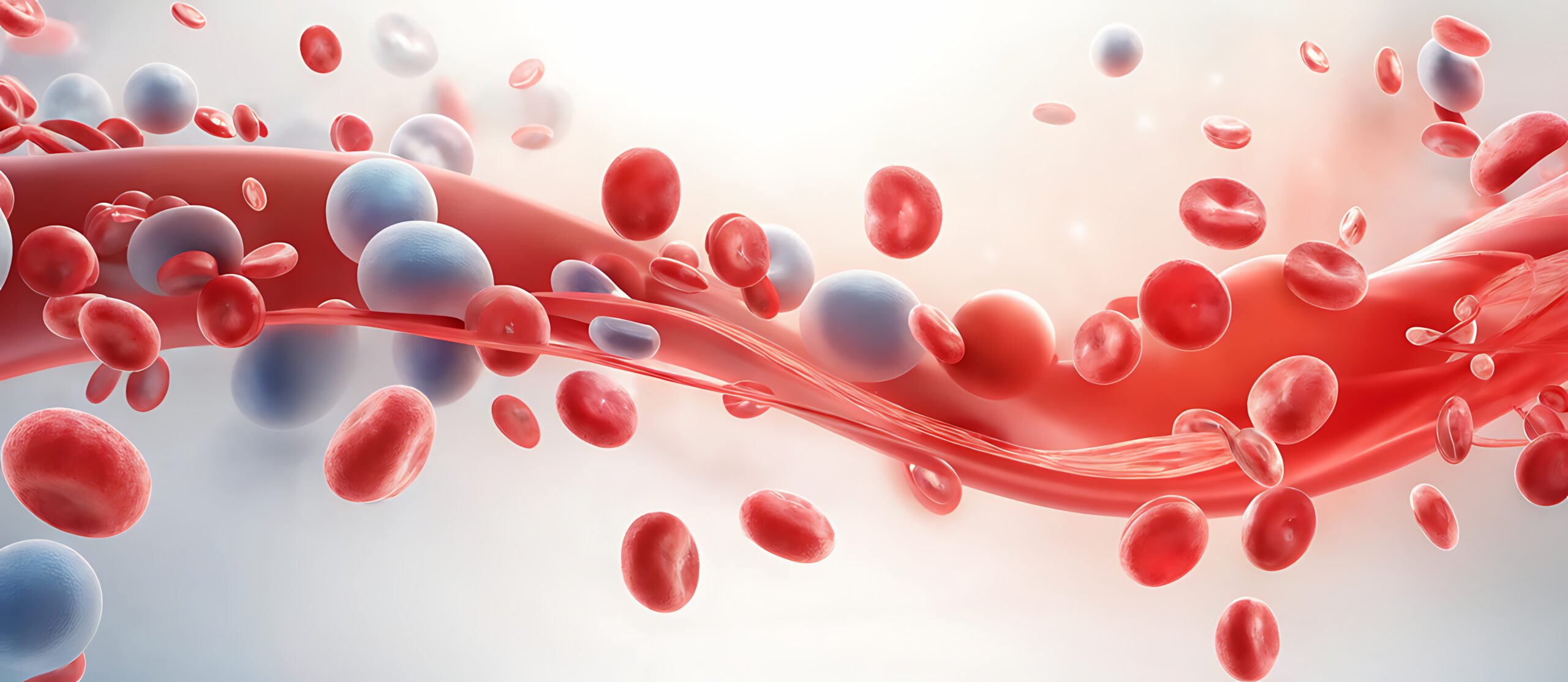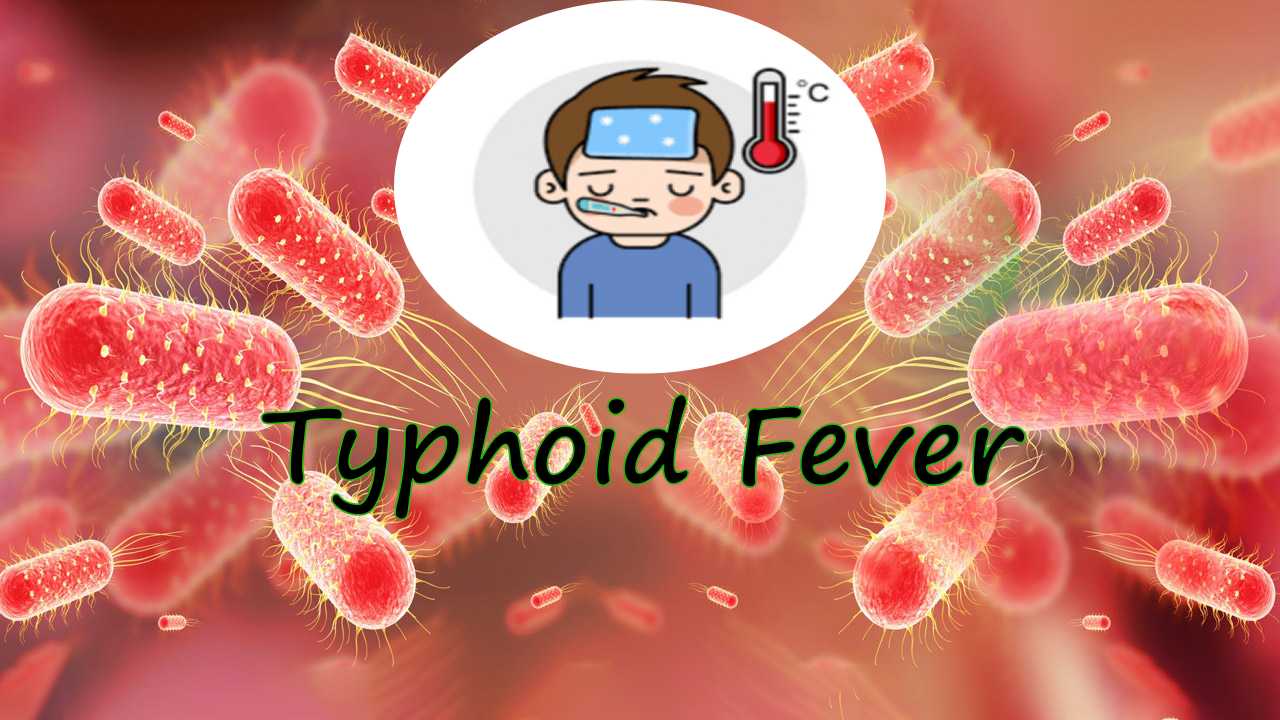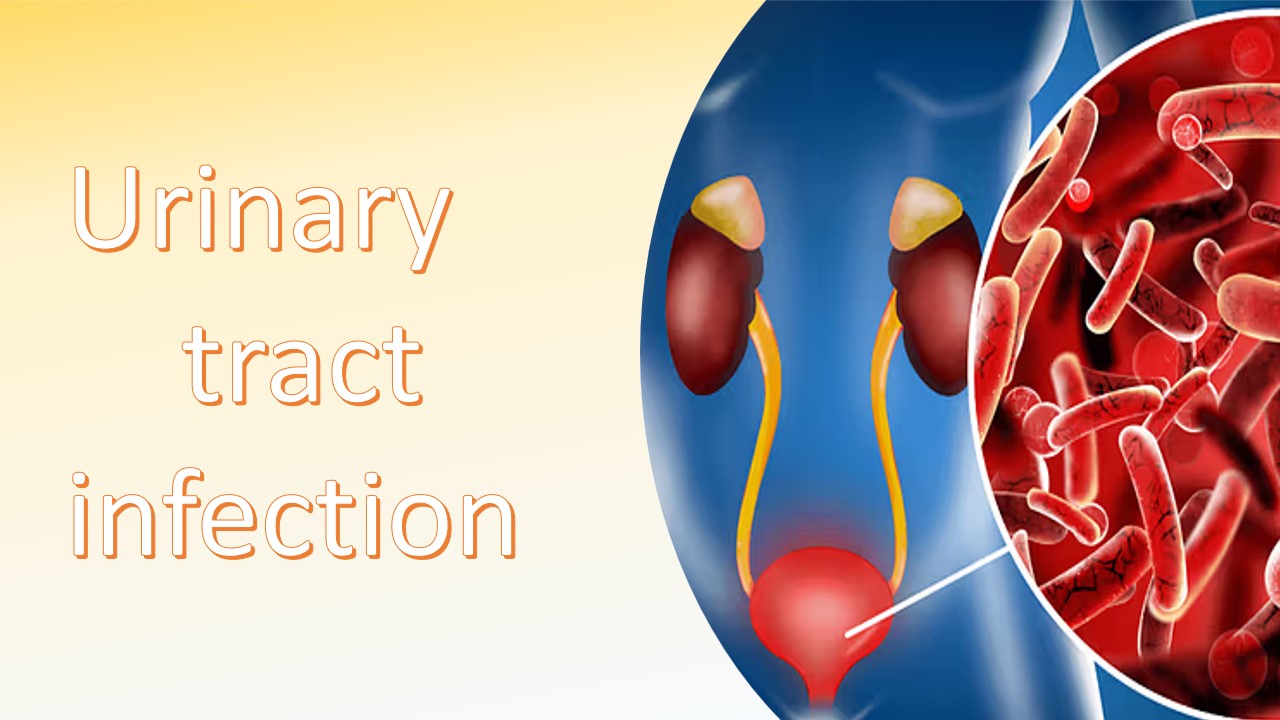
Hematology - The science of Blood
Hematology and heamatology, both words refers same and the study of blood and blood disorders is called hematology or heamotology.The department of hematology provides services to the patient and doctor regarding blood and helps the doctor to treat the disease. The hematology department diagnoses and treats blood related diseases or disorders. These include blood cancers(Leukemia, Lymphoma, Multiple myeloma), disorder associated with low hemoglobin(various types of anemia-including sickle cells anemia), bleeding disorders(haemophilia and others), and other rare diseases.Stem cells transplantation for leukemia, lymphoma, myeloma and disease like hemoglobinopathies, primary immuno deficiency test are done in the department.
The average human body has 3-5 liters of blood . Blood consists of red blood cells(RBC), white blood cells(WBC), and platelets. Red blood cells carry oxygen and nutrients, that give to the brain and other organs of the body and take away waste from the body through circulation. White blood cells prevent the body from the infection. About 60% of blood is made up of plasma and the rest of 40% is made up of RBC, WBC and platelets. Plasma is like water in the blood, contains protein(albumin, clotting factor, antibodies, enzymes and hormones), sugar(glucose) and fat particles. The blood cells originate from the bone marrow. They start their life as stem cells and they mature into three main types of cells(RBC,WBC, and platelet). WBC have main three types such as lymphocyte , monocyte and granulocytes(neutrophils, eosinophils and basophils).
The hematology department provides both clinical hematology and hemato-Pathology services to the organization. Clinical hematology offers patient management with benign and malignant hematological diseases(blood cancer). Hemato- pathology provides services regarding blood and bone marrow disease. Hematological department service including bone marrow examination by immunohistochemistry and cytochemistry, flowcytometry molecular diagnostics, specialized in hemolytic and coagulation test. Hematologist: A hematologist is a doctor who is skilled in diagnosing and treating blood disorders, especially cancer.
Hematopathologist: Hematopathologist is specialized doctor in both anatomical and clinical pathology and have year of experience or training in hematopathology. Hematopathologists not only study the blood and bone marrow disease but also study the organs and tissue that use blood to perform function. These include lymph nodes, the spleen, thymus, and other lymphoid tissue. Hematopathologist also diagnosed the hematopoietic and lymphocyte rich tissues. Mainly there are two types of blood test-
Complete blood count(CBC) - In this total number of RBC,WBC and platelets present in the blood are counted .
Blood film- In this the blood is smeared on glass slide and stained with the specific dyes and observed under a microscope.
With the help of a microscope, the hematologist observed the size, shape, number of the cells and abnormal or immature cells. Reticulocytes or immature red blood cells are stained with Heilmeyer’s reticulocyte stain and many more test also performed in the hematology department to diagnosed the anemia, infection, hemophilia, blood clotting disorder and leukemia,erythrocyte sedimentation rate(ESR), bone marrow examination, Karyotyping to look for chromosomal disorders and abnormalities, Fine-needle aspiration of lymph nodes and tumors, Diascopy is a technique used to determine whether a lesion is vascular, non-vascular or hemorrhagic.
Staining technique is help to detect the parasite in the blood such as malarial, micofilaria parasite and megakaryocytes also performed.In any diagnosis, the staining technique is most important to find out the difference between the normal and abnormal cells. Hematological stain is the staining reagent that are use in clinical cytological examination of blood sample. For the blood disease diagnosis, the hematological staining are important because stain or dyes highlight the hematopoitic cells, chromosome , parasite or other pathogen by using Romanowsky stain. Romanowsky stain is mixture of both eosin and methylene blue. Other methods also used including Wright, May-Grunwald, Giemsa and fast staining technique.
There are little details of the procedure of staining technique that are performed in the hematology laboratory. Take a grease-free slide, to fall a drop of blood from the patient on the glass slide and make a thin smear on the glass slide. Fix the slide with methanol and dry it at room temperature. Flush the slide with Giemsa solution, leave it for 25 minutes. Rise the slide with water and dry upright. After the staining process, move to the microscopy examination.
References:
1.https://www.zeiss.com/microscopy/en/applications/laboratory-routine/microscopes-for-hematology.html
2.https://www.hopkinsmedicine.org/health/treatment-tests-and-therapies/hematology





0 comments